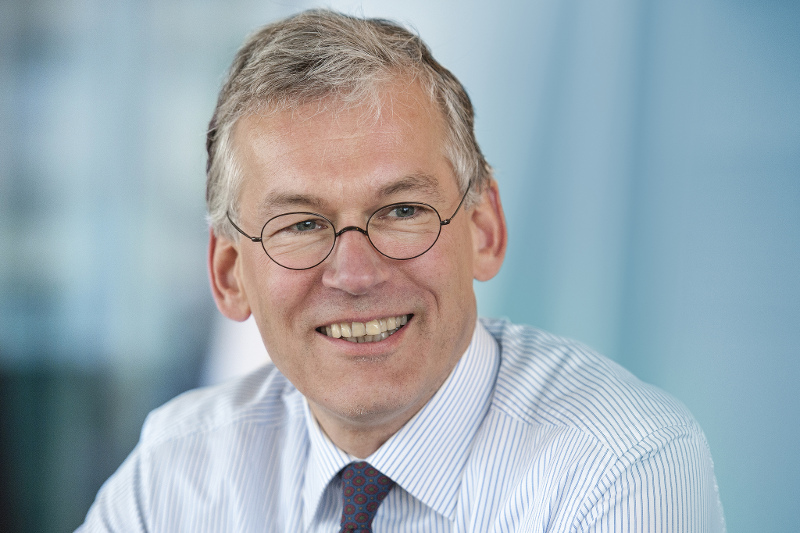During his tenure, Philips has streamlined operations, spun off its consumer electronics and lighting businesses, undertaken many growth initiatives and an M&A drive as part of its transformation into a global health technology leader.

How can healthcare become smarter?
In the health continuum concept, everybody will go, at some point, from being healthy to having an ailment that will be diagnosed and treated, before recovering and returning to a healthy lifestyle. In a patient-centric system, you do the cycle as quickly as possible; in other words, personalized health. We need to integrate data to help doctors do a better job on the patient’s journey. Via technology, we can connect doctors to patients to create a continuous relationship, supported by the cloud and IoT. Data allows patients and physicians to be proactive.
How is that transforming Philips’ role?
Historically, we developed technology in silos and supplied it. Now, we want to be the hospital’s partner and for it to let us help how to apply technology. For example, at Karolinska Hospital, in Stockholm, where we have a long-term contract, we are collaborating on problem solving. To optimize stroke care, we review what happens in the ambulance to help us determine the cause and send advanced data to the hospital so they are ready to receive the patient in the right ward without wasting time in the emergency room. We are partners challenging each other to redesign the way healthcare is delivered.
Where is change happening now?
The division doing connected care and health informatics is changing fastest, because of the insight you get through connectivity. Most reimbursement systems are volume-oriented, so there is not always an incentive for care providers to work in an integrated way. In the U.S., you see the Affordable Care Act going in the direction of measuring output rather than volume. That is an important enabler for new kinds of care deliveries. In the next five years, there will be more output measurement and reimbursement for results, not effort.
How concerned are you by the threat posed by tech companies moving into the healthcare space?
Everyone talks about big data and it has become a buzz word. The same has happened with health. Our advantage at Philips is that we are in the last yard between patient and doctor. You can do big-data analysis, but how do you make it actionable? You need to touch an individual patient and help an individual doctor, because otherwise all insights are theoretical. We have diagnostic systems, informatics to integrate data, and clinical support. When patients are discharged, we stay in contact for monitoring. That is our game. We are a clinical company with products and services to support both the patient and doctor.
Why are you introducing circular-economy thinking?
Sustainability is deeply ingrained in our company and a passion of mine. We have made it part of our strategy. We want to be a technology partner, rather than sell a box. Circular thinking is used to reuse a product in a more sophisticated model to sell as a service. We design differently, so it generates more value. That can best be done by continuing to own the technology. By selling a product as a service, we can extend its lifetime, upgrade, recycle, and more. It becomes an incentive to not create obsolescence![]()









